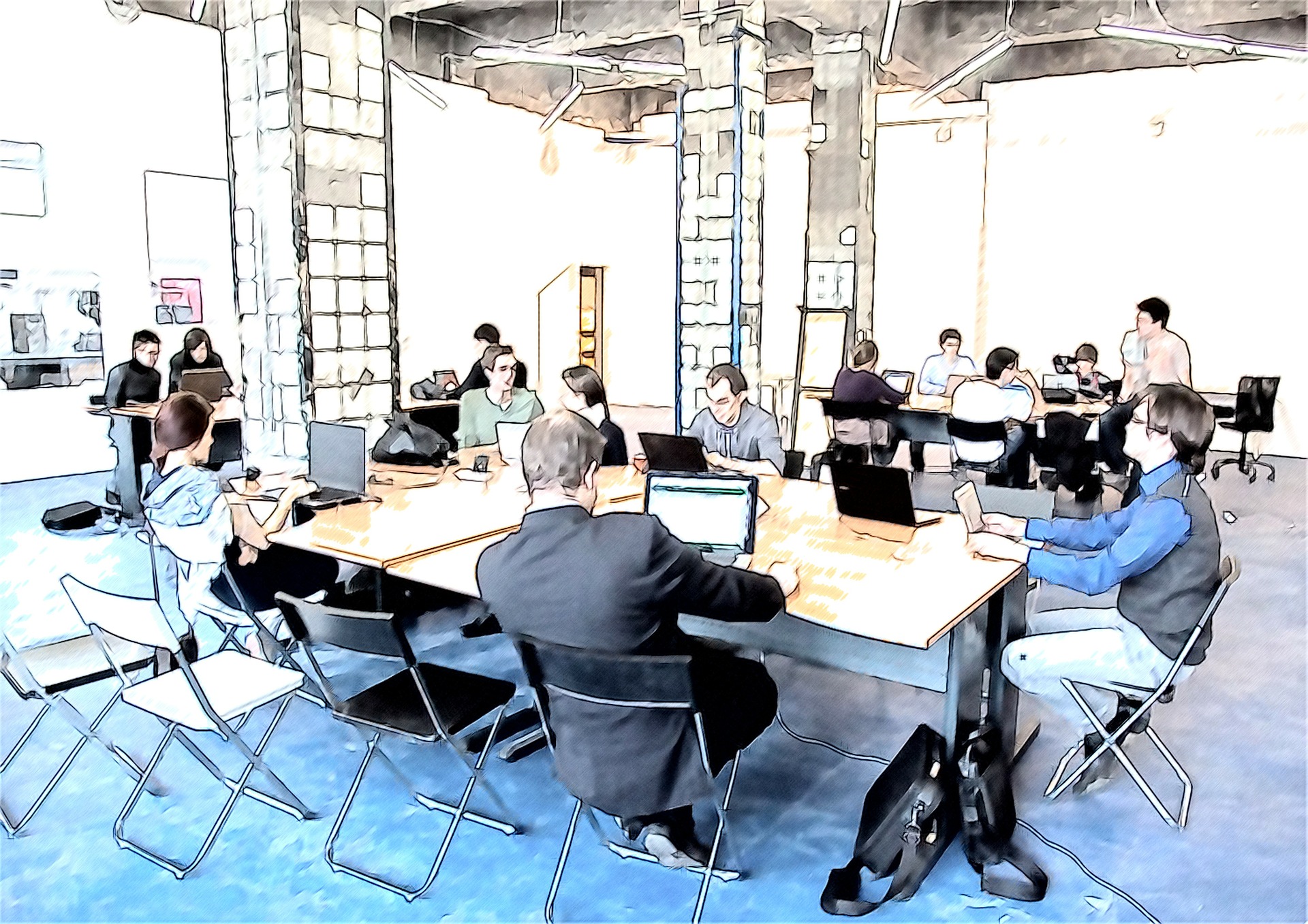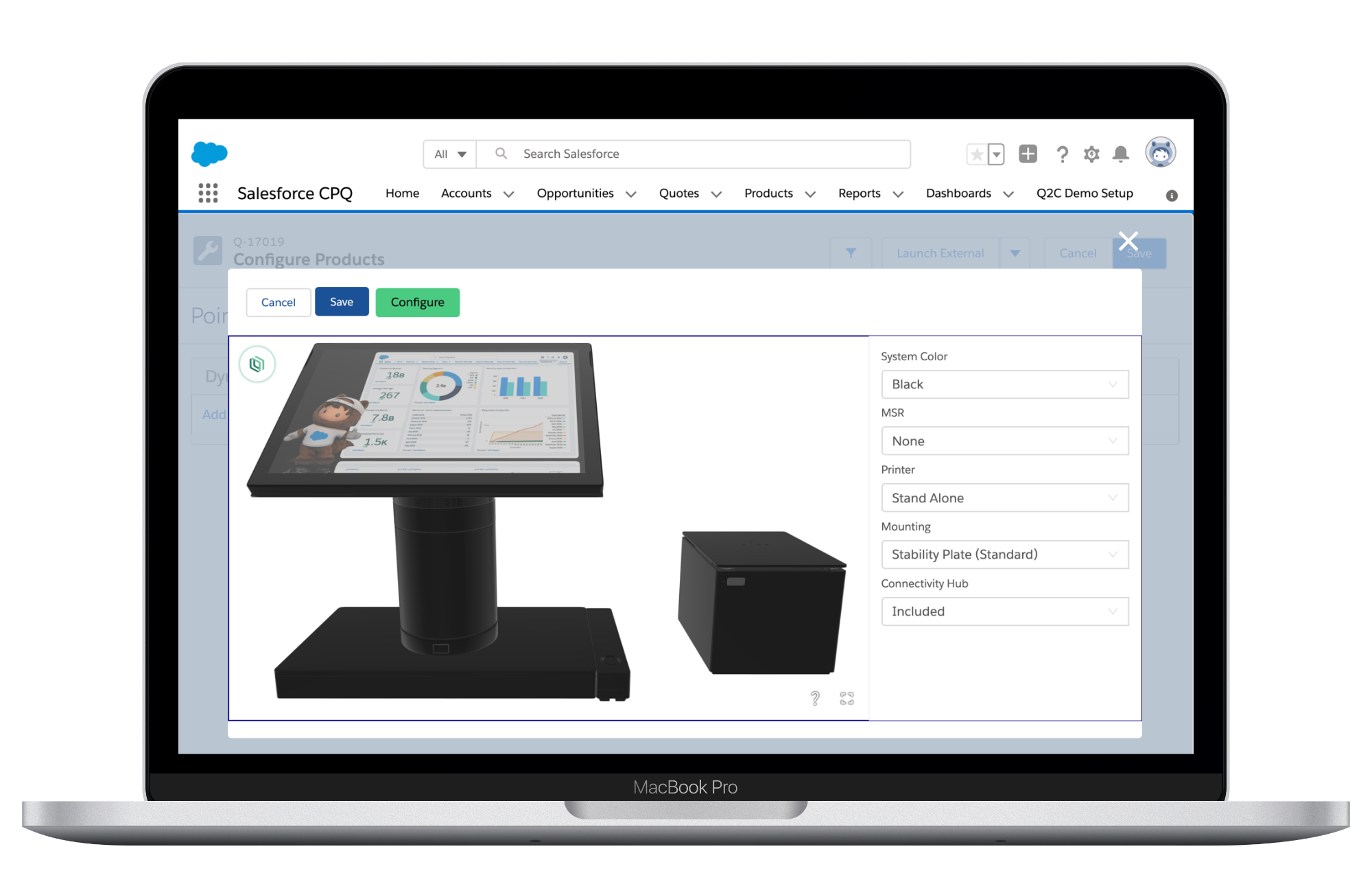CGI 101: Team Structure and Roles
Building any effective team from the ground up is a process. CGI teams have their own challenges, as they’re often comprised of generalists who cross multiple disciplines, as well as team members who specialize in one area.

Regardless of their size and shape, CGI teams are made up of practitioners who generally align under one of the following key categories:
- Art
- Technology
- Management
Here, we’ll provide more information about the jobs in each of the above categories to give you some perspective as you’re building out your own work team.
Art
The following are considered art roles:
Modeling
Modeling involves the creation of shapes, often derived from photos, but equally often pulling from CAD models or scan data. Modeling group members usually prefer to work in zBrush if they are doing organic modeling (touched up usually in Maya) or 3DS Max/Maya/Blender if they are doing low poly modeling. If they are remodeling from CAD or scan data, they will often use TopoGun or zBrush remeshing.
Often, modeling involves creating UVs on the resulting meshes.
Texture & Material
These artists are generally skilled at Adobe Photoshop or Adobe Substance Designer/Paint, and create textures that represent materials. These artists generally have very good Photoshop and/or painting skills and are equipped with a good understanding of what makes an object look realistic.
Rigging
Rigging is the process of preparing a 3D element for animation. This involves creating joints and implementing skins, constraint systems, and walking systems. This is highly technical and is almost closer to coding than to modeling. The quality of the rigging determines how easy it is to animate something. A simple rig would be a vehicle whose car doors open. A complex rig would be an animated dinosaur that has complex facial expressions.
Animation
Animators take a rigged entity and then create the various animations required for the project at hand. Usually these animations are created as “clips,” such as a walking clip, a falling down clip, a jumping clip. These clips are then combined together to create more complex composite motions. Very high-quality animation, such as that in a Disney feature animation, will involve custom animation for every frame of the movie, whereas a game will involve mostly just the creation and playback of a limited series of clips.
Layout
Layout is the placement of objects within the scene to create a specific dramatic look. If a team is making a high-quality interior furniture scene, the layout needs to look like it was done by an interior designer.
Layout also handles setting up the cameras, as this drives how the rest of the elements in the frame are positioned.
Lighting & Rendering
Lighting involves placing lights in a scene to achieve a specific dramatic effect. This involves knowledge of professional lighting techniques and the ability to understand from a photo which lighting technique is used. Usually, lighting and rendering artists are skilled in V-Ray or Arnold.
Team members in charge of lighting are usually also responsible for rendering, as they need to render the images in order to check the lighting.
Compositing
A compositor uses a compositing tool, usually Nuke, to layer together images created in earlier steps in order to create the final results. This is required because the many elements that make up a final image are produced via different processes and need to be combined into a coherent whole.
Technology
The following are technical roles:
Technical Director
A technical director (TD) is a critical role that requires an equal parts artist and coder. TDs usually write scripts within and between the various art tools in order to achieve automated workflow. These scripts are not incredibly polished, but they are functional and written on demand. TDs fix issues in connecting tools together. They don't need to have top-tier art skills, but should be able to understand what the artists are doing and support them.
This is a role focused on the low level.
Shaders
For many complex effects, teams will need to turn to a shader artist. This is a technical artist who can create new shaders to meet specific needs. These artists can often code as well.
Head of Pipeline
The pipeline refers to the process of moving results from modeling to animation to lighting to rendering and composition. To optimize productivity and group performance, the head of pipeline will be in charge of decision-making when it comes to the various technologies used in each part of the pipeline, how the versions of the data are stored (often usually a tool called Shotgun), how artists report that their work is complete, the stages in which work is reviewed, how rendering is scheduled, and how final results are delivered. The head of pipeline knows what each department in the studio needs and fulfills those needs.
The head of pipeline is, in essence, responsible for the studio's throughput via designing a software + social system that maximizes team effectiveness.
Management
CG Team Leads
Each department generally has a team lead who is responsible for maximizing their team performance and maintaining high-quality output. They are usually have the most experienced in that specific subject matter and have the ability to take over a task from their team members if a project needs extra help.
They are usually referred to as:
- Lighting lead
- Animation lead
- Modeling lead
CG Supervisor
The CG supervisor is the main individual in charge of the quality of work at a production house. They work with the producer in order to deliver the work.
In traditional Hollywood Visual Effects, CG supervisor reports to the external VFX supervisor, who is employed by the movie production company. The VFX supervisor would have been the individual who chose this CG supervisor and their company to deliver the specific visual effects.
Producer
The producer (there may be more than one, depending on the given project) is responsible for timelines, budget, and delivery of the work product. Artists generally do not manage each other on timelines, but rather on quality. Producers are professional managers.
Summary
This is by no means an exhaustive list of roles within a CGI team, but it can give you a framework for thinking about yours. If you have questions about effective CGI team structures, contact Threekit today. We have plenty of experience to guide you.
Threekit provides product visualization software that creates photorealistic images, interactive 3D and augmented reality experiences that help businesses sell more. To learn more, please schedule some time with one of our teammates.


